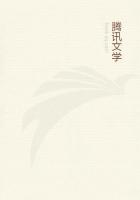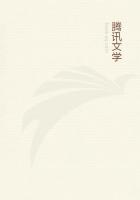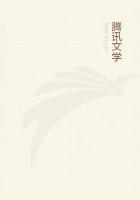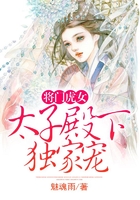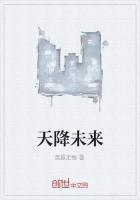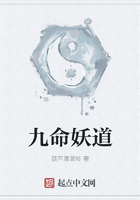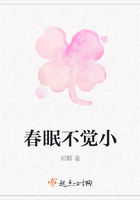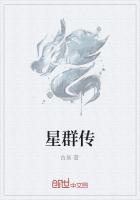There were rumors for several years that the library would be made free,and when it was at last announced in 1888that $250,000had been given by the late J.Pierpont Morgan,his father and two families related to them,on condition that $150,000more should be raised by private subion to remodel the Wadsworth Athenaeum,which then housed three libraries and a picture-gallery,and to provide for its maintenance,the rumor bade fair to come true.That the money came in,is largely due to the personal efforts of Charles Hopkins Clark,editor-in-chief of the Hartford Courant,for many years treasurer of the Athenaeum,the Watkinson Library and the Hartford Public Library,and the sum required was promised in 1890.Later the library offered the free use of its books,and also the income of about $50,000to the city,on condition of keeping its form of government by a self-perpetuating corporation.
The first step towards the enlarged use of the library was to separate the children's books and classify them.We had had a fixed location up to that time,and I had not yet broken loose from it,but I numbered them according to the best light I had,though in a very short time I saw that with the increased number of duplicates we had to buy,only a movable location was of the least practical use.It was several years before the Dewey classification was finally adopted for the children,although we classified our grown-up books by it before we opened to the public.
When the library became free,in 1892,the annual circulation of children's books rose at once to 50,000,25per cent of the whole,and as large as the largest total in the subion days.We immediately had to buy a large supply of new books,carefully chosen,and printed a too fully annotated list,which we found useful for some years and discarded when we were able to open the shelves.We had only a corner for children's books,almost none for children under ten,and no admission to the shelves.We struggled on as well as we could for the next few years.
A dialogue between a reader and the librarian in 1897shows what we were trying to do at this time.It is really true,and illustrates the lack of knowledge in one of the most intelligent women in the city of the many points of contact between the library and the boys and girls of the city.
Reader:"There ought to be somebody in the library to tell people,especially children,what to read."Librarian:"Have you ever seen the children's printed list,with notes on books connected with school work,and others written for older readers but interesting to children,hints on how and what to read,and a letter R against the best books?"Reader:"No,I never heard of it."
Librarian:"It was ready the day after the library opened,was sold for five cents,and the first edition of a thousand copies was exhausted so soon that a second had to be printed.Have you ever heard of the lists of interesting books in connection with Greek,Roman and English history given to high school pupils'or the records kept for years by the North School children of books which they have read,and sent to the librarian to be commented on and criticised in an hour's friendly talk in the school room,or the letters written on the use of the library by pupils in the other schools?"Reader:"No."
Librarian:"Have you ever seen the lists of good novels for boys and girls growing away from books written for children and also a list of interesting love-stories for readers who have heard of only a few authors?"Reader:"No."
Librarian:"Have you ever noticed the printed lists of new books,with notes,hung on the bulletin board every Monday?"Reader:"No."
Librarian:"Do you know that the library has twelve hundred volumes of the best books by the best authors,fifty of each,for use in the public schools?"Reader:"No."
The library opened in 1895a branch for children in the Social Settlement,and in 1897reading rooms in connection with vacation schools,established by the Civic Club and afterwards taken in charge by the city.
The Educational Club,an organization of parents,teachers and others interested in education,began in 1897with very informal meetings,suggested by the school section of the Civic Club,which were held in my office for three years,until they outgrew it and needed a more formal organization.The directors of the Civic Club and managers of the Social Settlement have met there for years,and the Connecticut Public Library Committee found it a convenient meeting place until it seemed better to hold sessions in the Capitol,where its office is.
The history classes of the North School,of whose principal Ihave spoken,used to make a pilgrimage every year to points of interest in the city,ending with an hour in the rooms of the Historical Society in the building,where they impersonated historical characters or looked at colonial furniture and implements.After the hour was over they used to come to the office for gingerbread and lemonade,which strengthened their friendly feeling for the library.This lasted until the principal went to another city.
In 1898,in a talk to some children in one of the schools just before the summer vacation,I asked those who were not going out of town to come to the library one afternoon every week for a book-talk,with a tableful of books such as they would not be likely to find for themselves.The subjects the first year were:
Out-of-door books and stories about animals,Books about Indians,Travellers'tales and stories of adventure,Books that tell how to do things,Books about pictures and music,A great author and his friends (Sir Walter Scott),Another great author and his short stories (Washington Irving),Old-fashioned books for boys and girls.The talks have been kept up ever since.

